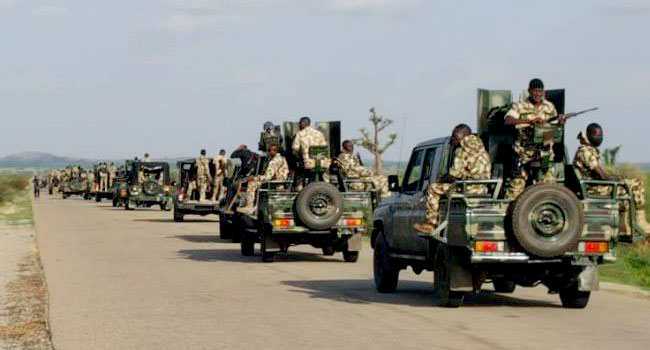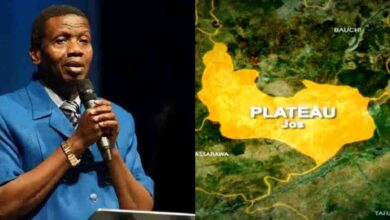The United Nations said they discovered five bombs in a wall of Mosul’s iconic Al-Nuri mosque, planted years ago by the Islamic State group, during restoration work in the northern Iraqi city.
Five “large-scale explosive devices, designed to trigger a massive destruction of the site,” were found in the southern wall of the prayer hall on Tuesday by the UNESCO team working at the site, a representative for the agency told AFP late Friday.
Mosul’s Al-Nuri mosque and the adjacent leaning minaret nicknamed Al-Hadba or the “hunchback”, which dates from the 12th century, were destroyed during the battle to retake the city from IS.
Iraq’s army accused IS, which occupied the city for three years, of planting explosives at the site and blowing it up.
UNESCO, the UN cultural agency, has been working to restore the site and other architectural heritage in the city, much of it reduced to rubble in the battle to retake the city in 2017.
“The Iraqi armed forces immediately secured the area and the situation is now fully under control,” UNESCO added.
One bomb was removed, but four others “remain connected to each other” and are expected to be cleared in the coming days, it said.
“These explosive devices were hidden inside a wall, which was specially rebuilt around them: it explains why they could not be discovered when the site was cleared by Iraqi forces” in 2020, the agency said.
Iraqi General Tahseen al-Khafaji, spokesperson for the Joint Operations Command of various Iraqi forces, confirmed the discovery of “several explosive devices from ISIS jihadists in Al-Nuri mosque.”
It was from the Al-Nuri mosque that Abu Bakr Al-Baghdadi, the then-leader of IS, proclaimed the establishment of the group’s “caliphate” in July 2014.
The jihadists took over large swathes of territory in Iraq and neighbouring Syria which they ruled with brutality.
Iraqi forces backed by a US-led coalition drove IS out of Mosul in 2017.





One Comment